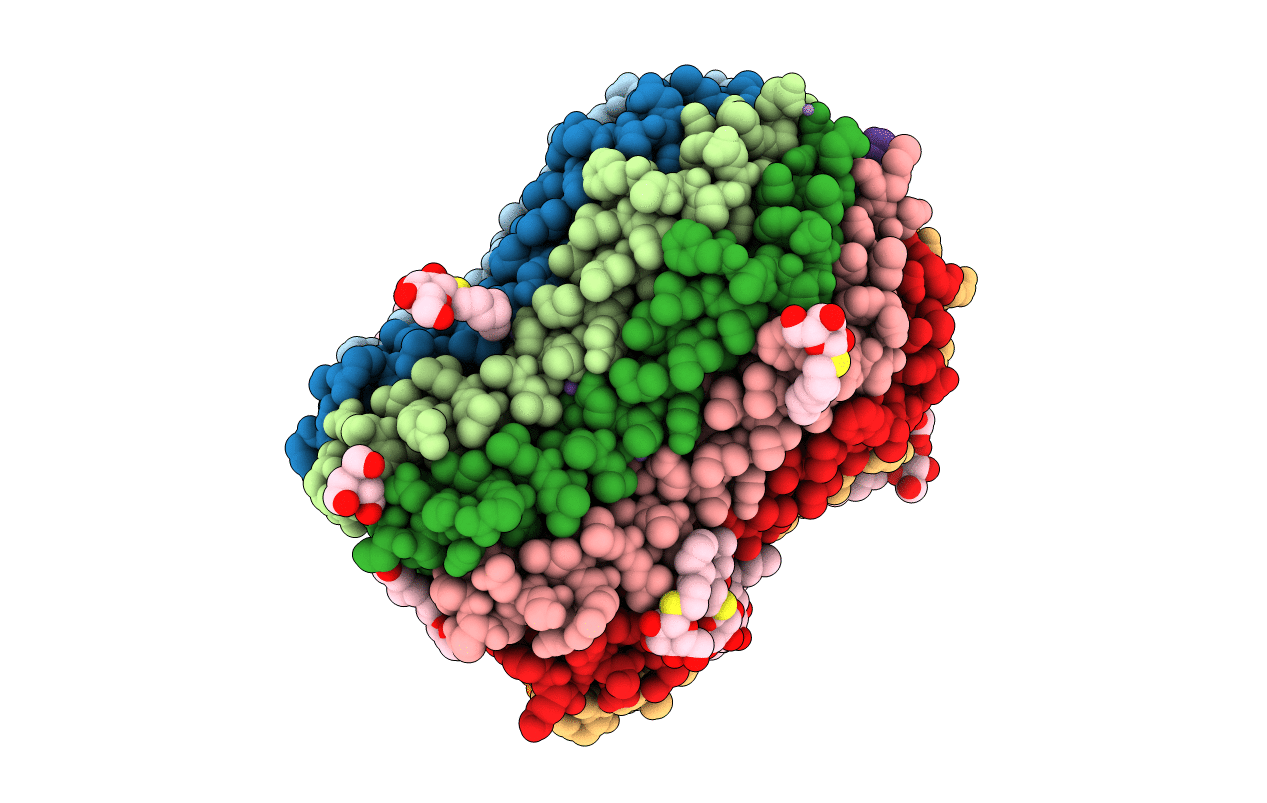
Deposition Date
2013-03-11
Release Date
2014-03-26
Last Version Date
2024-10-23
Entry Detail
PDB ID:
4BEM
Keywords:
Title:
Crystal structure of the F-type ATP synthase c-ring from Acetobacterium woodii.
Biological Source:
Source Organism:
ACETOBACTERIUM WOODII (Taxon ID: 931626)
Method Details:
Experimental Method:
Resolution:
2.10 Å
R-Value Free:
0.21
R-Value Work:
0.18
R-Value Observed:
0.18
Space Group:
P 43 21 2


